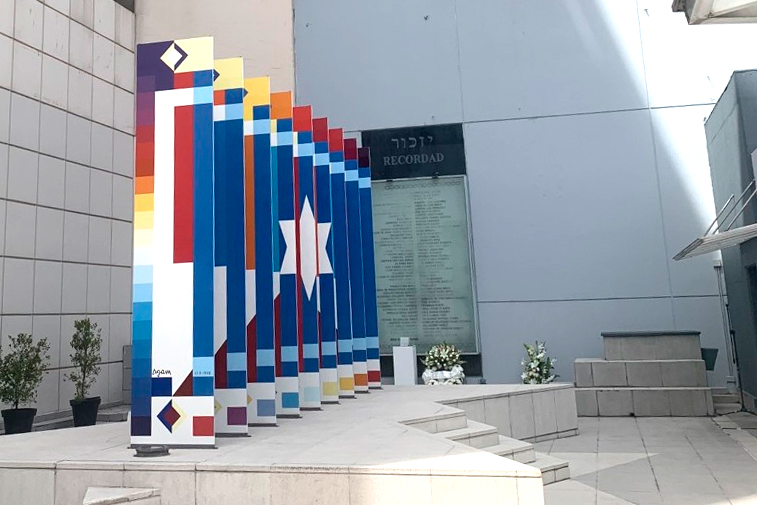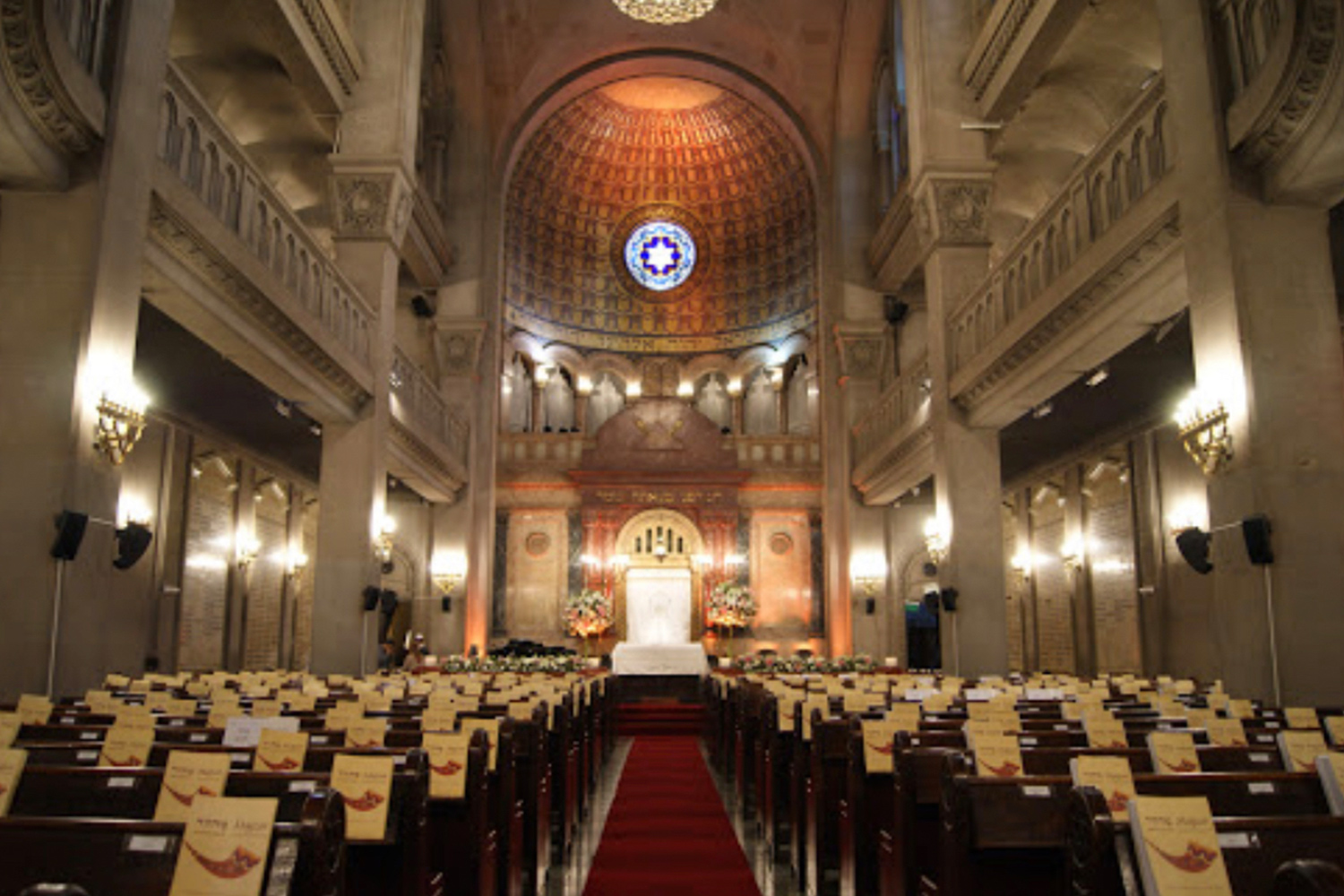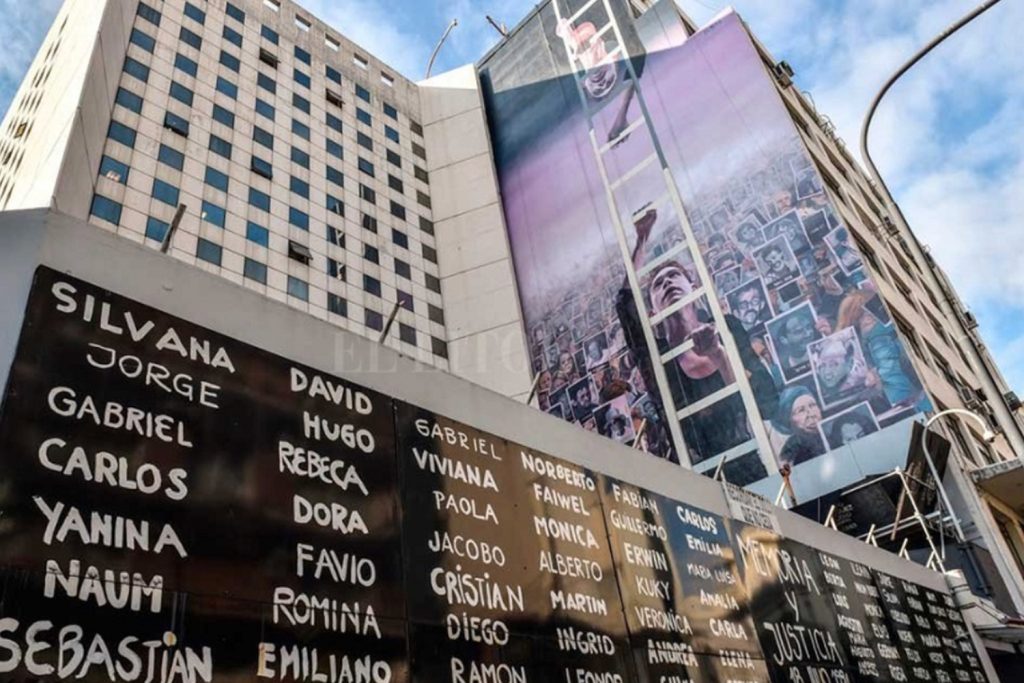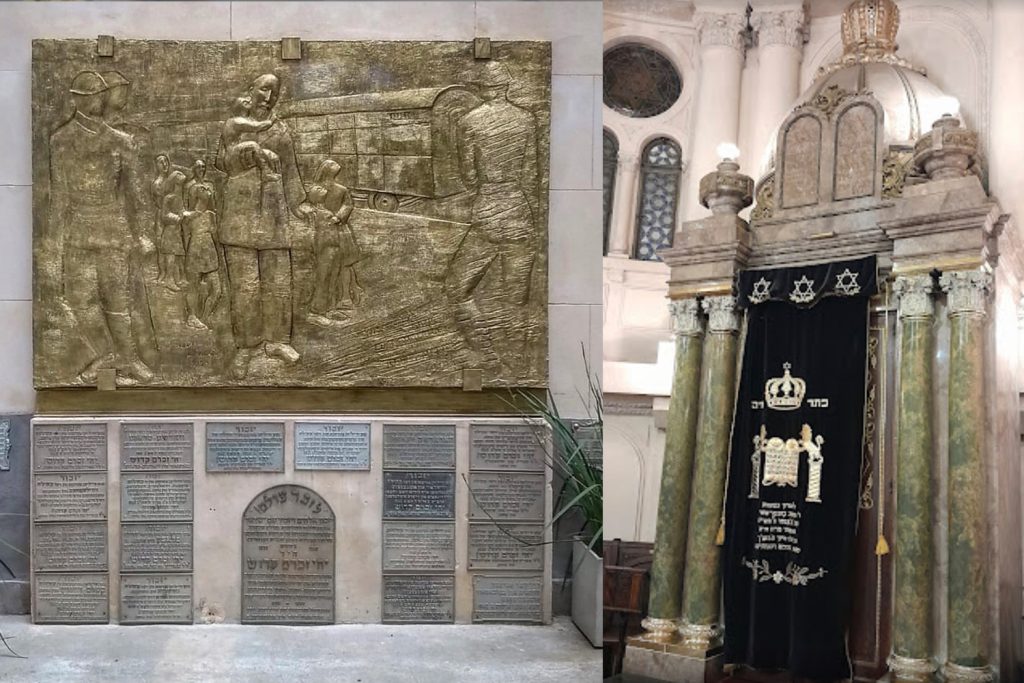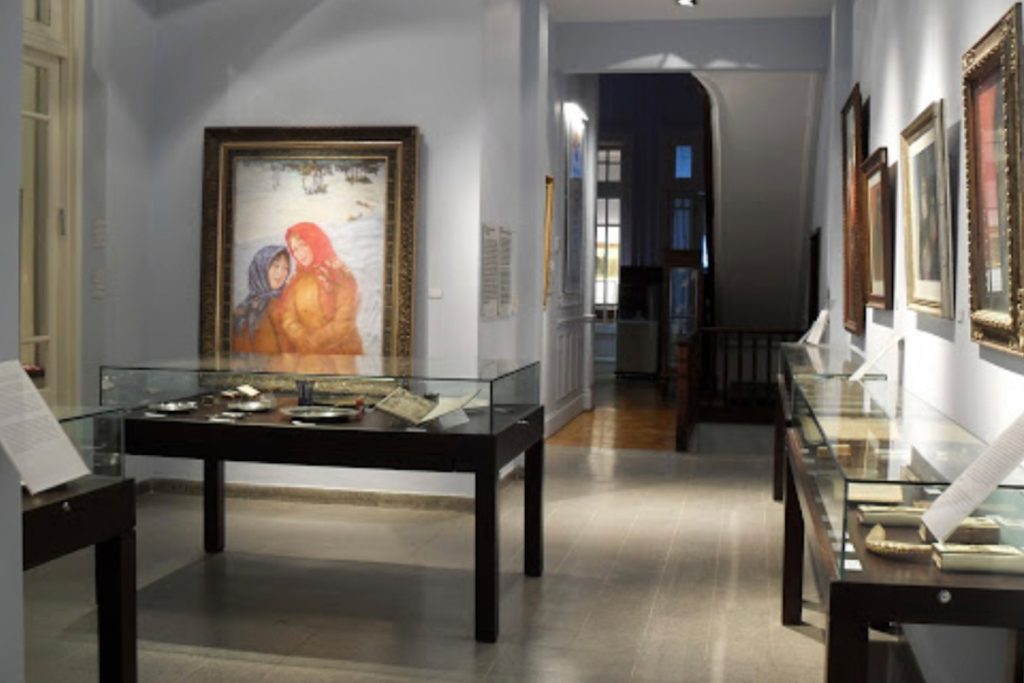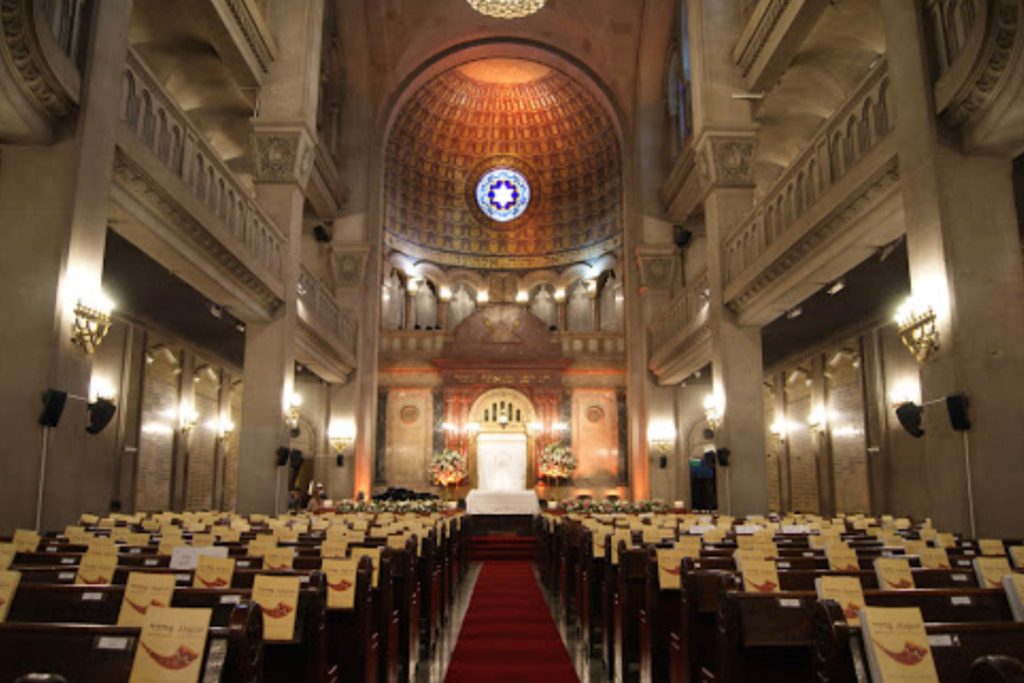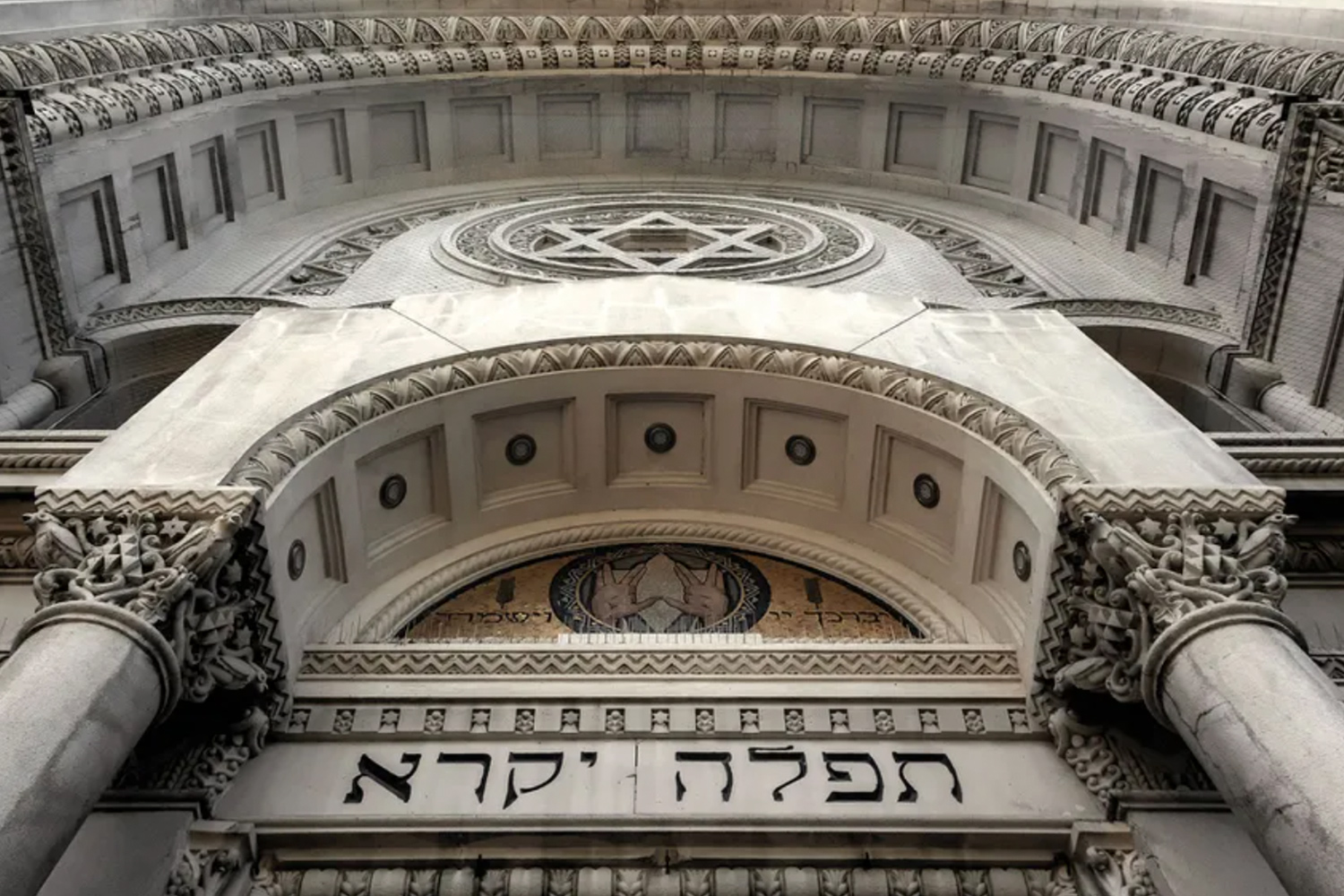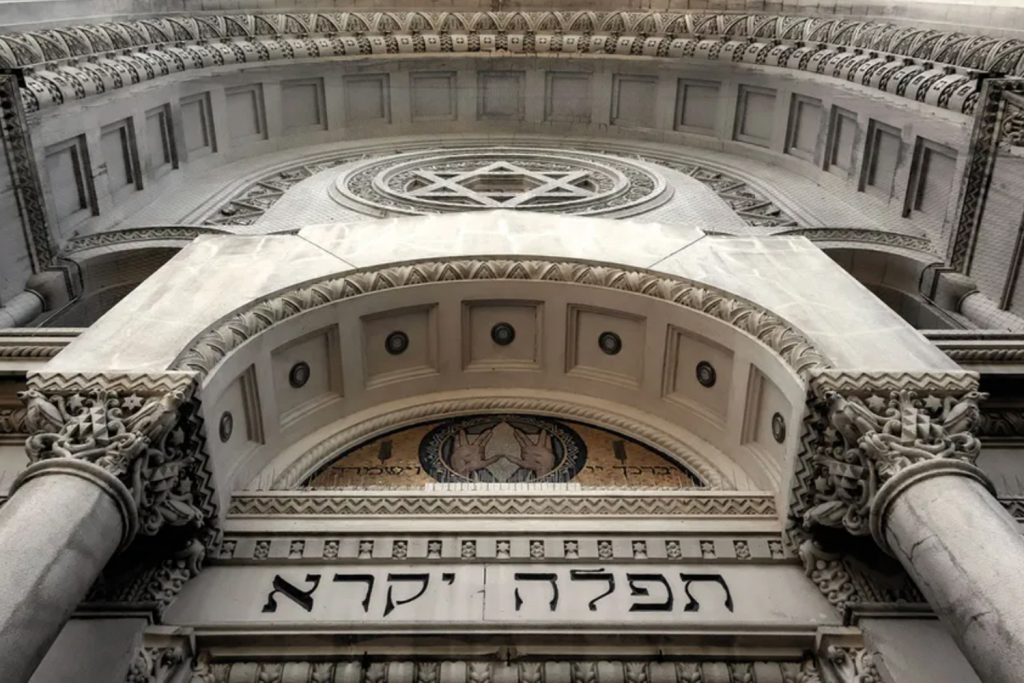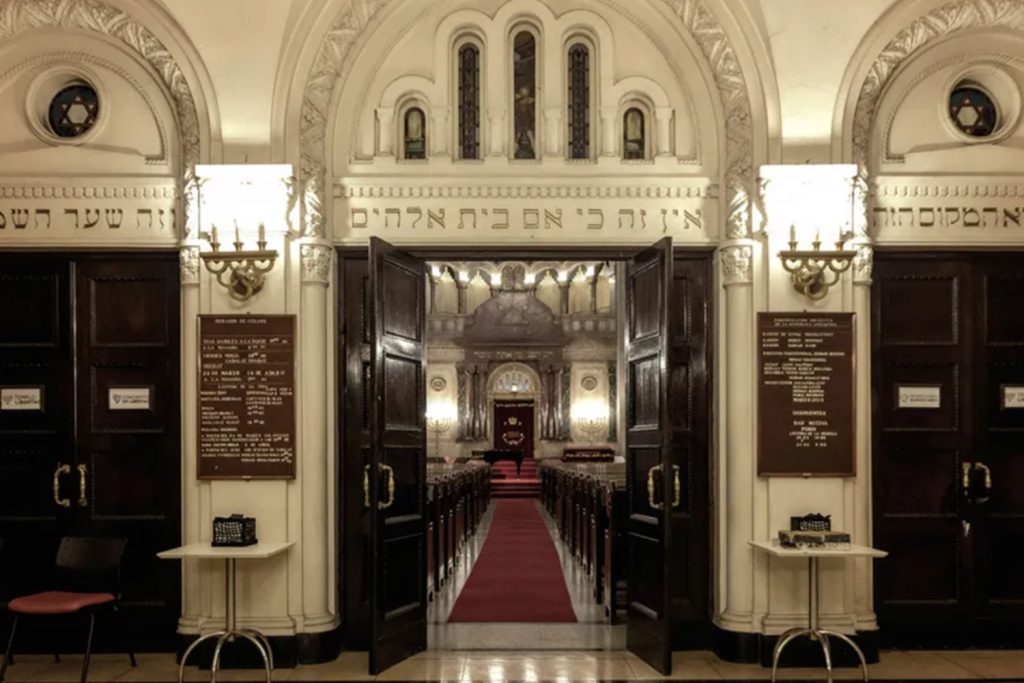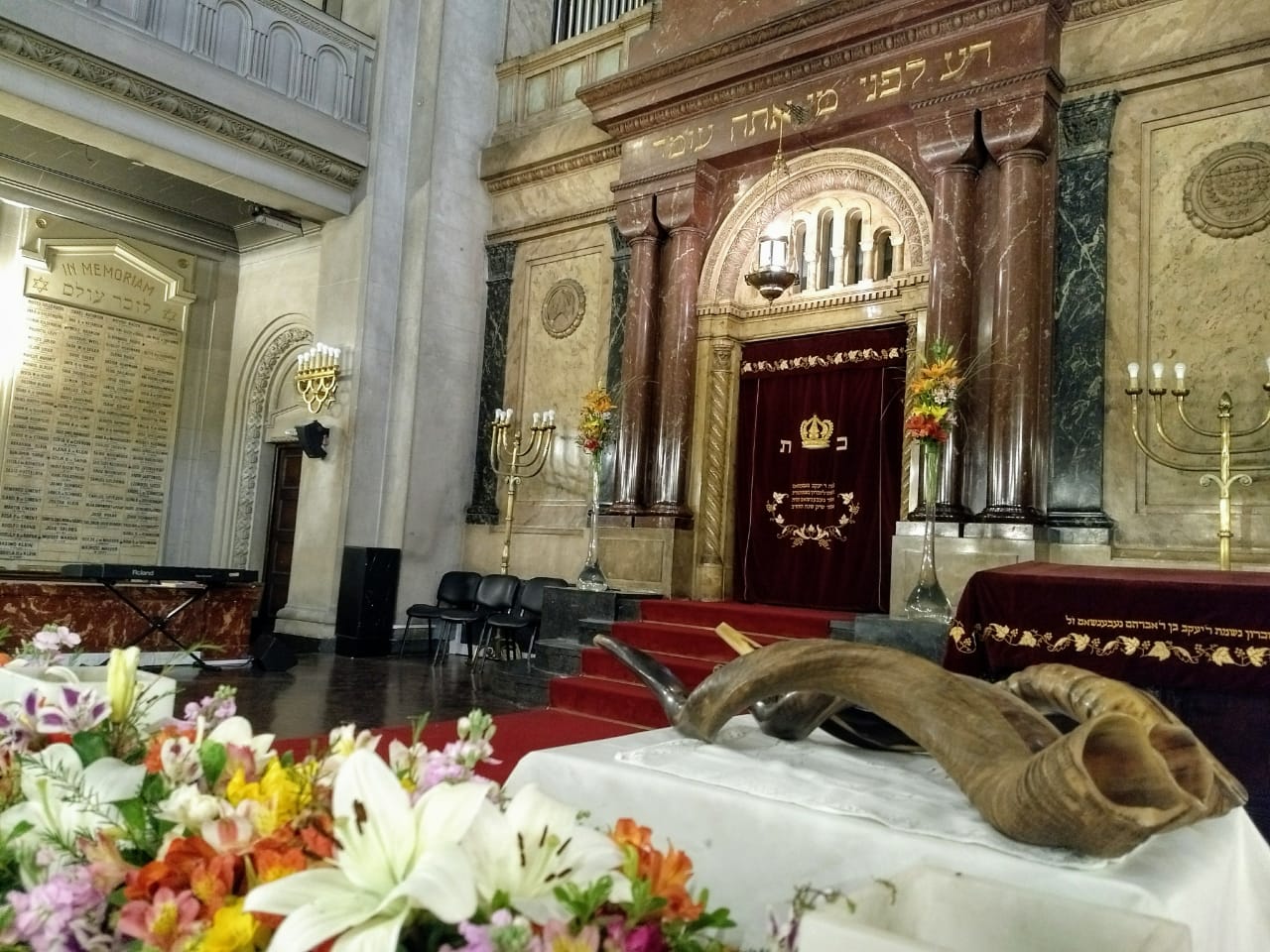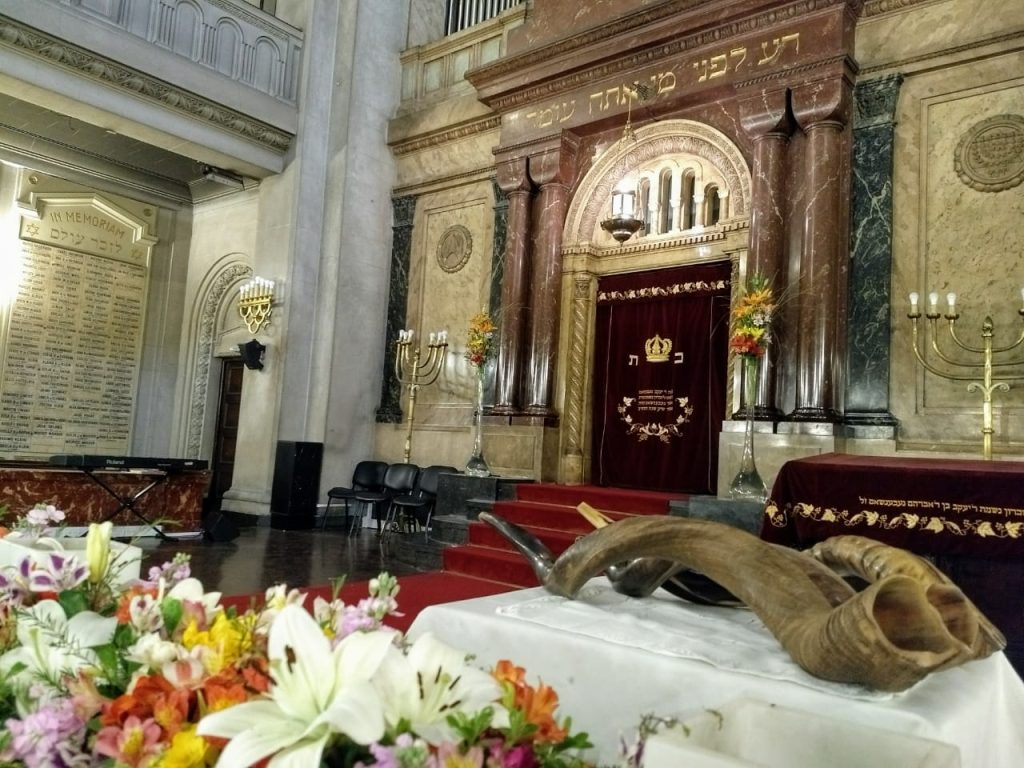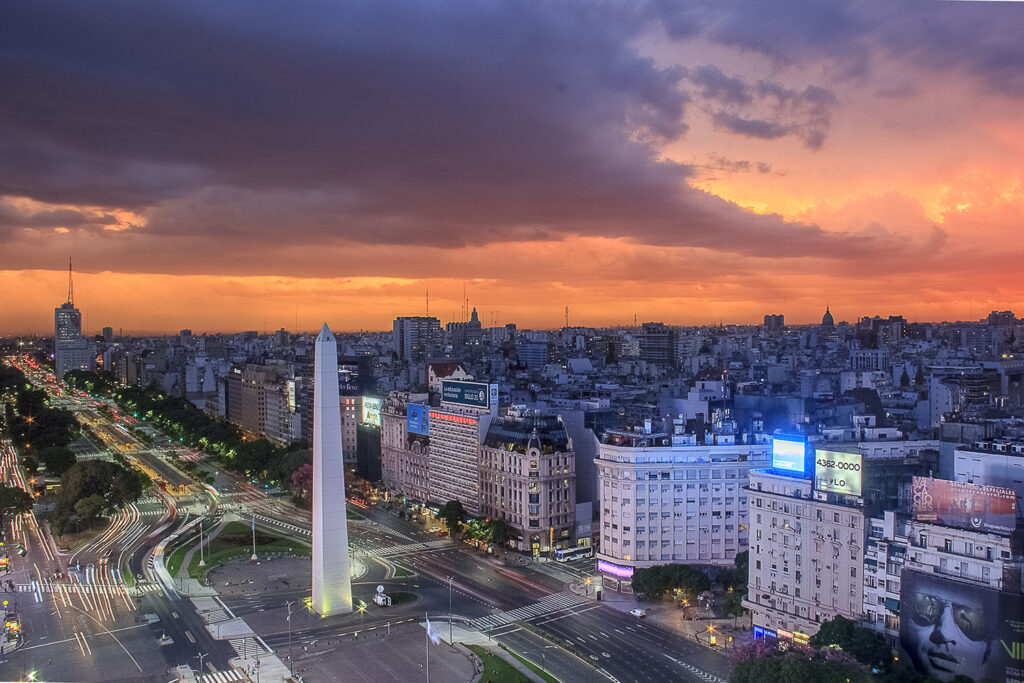AMIA: Tour the main Jewish institution of Buenos Aires
With a centennial history, AMIA is the main institution of the Jewish community in Argentina. Created in 1894 by a group of Jewish immigrants, AMIA holds a bond with several Argentine people from the beginning up to the end of their lives. AMIA’s goal is to strengthen educational environments to guarantee continuity and reflect the diversity of the Jewish-Argentine community. The institution works in many different ways, all leading to dignified quality of life for Jewish individuals and families throughout the country, especially those at social risk.
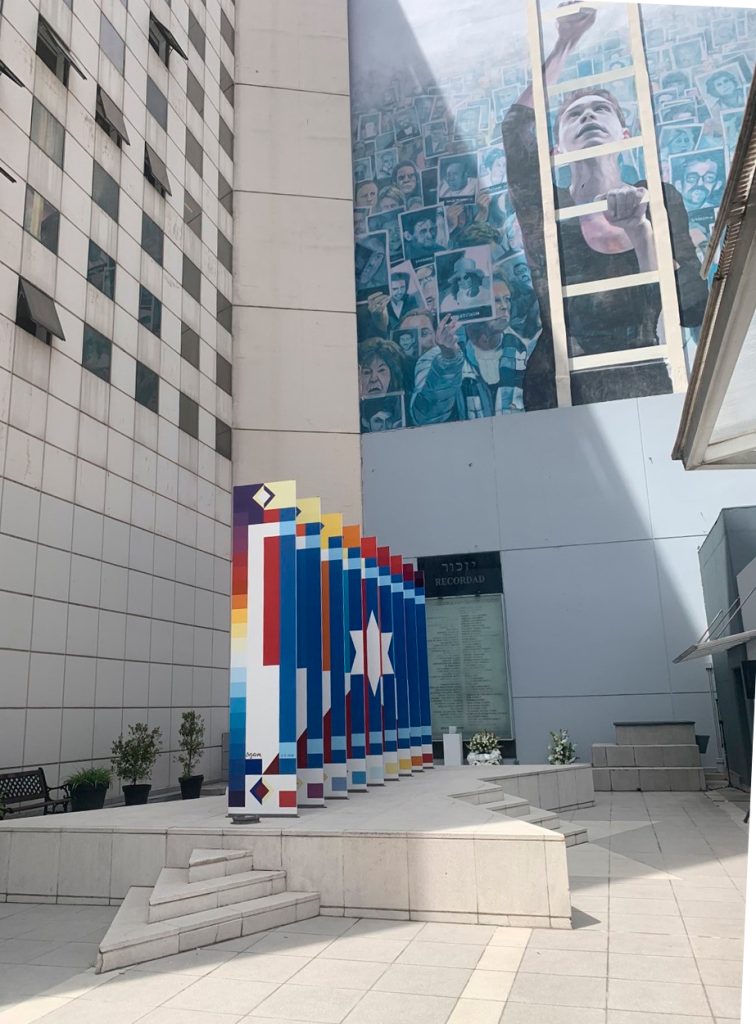
AMIA’s origins
Established as the Chevra Kadisha in 1894, the initial activities were geared toward complying with Jewish traditions and one of the first actions was to open a community cemetery. This sought to legitimize the Jewish presence as a minority in Argentinean society.
Soon, its activities grew and diversified with the increase of the country’s Jewish population and its progressive integration to society. AMIA soon became the place where all the Jewish people could come together and participate in Jewish life.
In 1994, to commemorate its centennial, AMIA organized a series of celebrations that were interrupted on July 18 by the deadliest terrorist attack in Argentine history.
On July 18, 1994, 85 people were killed (and hundred more were injured) in the deadliest terrorist attacks in Argentine history. The moment shocked the nation. The bombing of AMIA left its mark on the country’s history and have inflicted a devastating emotional toll on Jewish citizens of Argentina. It was the second attack against Jewish and Israeli targets on Argentinian soil – the attack on the Israeli embassy took place only two years previously.
The sorrow and grief caused by this attack is compounded by the fact that those responsible for this horrifying act, as for the one preceding it, have not yet been brought to justice.
Every year, AMIA and thousands of people gather in Once district and by AMIA’s new building to commemorate the anniversary of the AMIA Jewish community center bombing.
In these community-wide memorial ceremonies, relatives of the victims, friends and people close to the institution, gather not only to remember their loved ones: the search for justice and truth are the great links that keep the whole community united.
Rebuilding of AMIA
Five years after the bombing, on May 26, 1999, AMIA’s new building was inaugurated in the same place where the old one was located. Under the motto “For Justice and For Life”, the institution officially reopened its doors at 9:5am, the exact time the bomb had exploded.
Presently, AMIA offers a wide array of activities and services, including social services; the provision of basic goods such as food, medicines, housing, health and clothing to vulnerable families; educational activities; supporting, coordinating and facilitating joint projects with other community institutions; employment programs aimed at strengthening the employability of thousands of candidates; and cultural activities such as theatre, conferences, courses and festivals, among others.
AMIA has deep ties with Israel and other Jewish worldwide communities; they also encourage the observance of Jewish traditions and cultural heritage.
On June 13, 2006, AMIA inaugurated its new building at Uriburu 650, where the center of Senior citizens (CIAM, for its Spanish acronym) and the Social, Childhood, Disabled, Volunteer Service area of AMIA’s Employment Service and the Program Valor are located.
Yaacov Agam’s monument
Yaacov Agam a world famous Israeli artist, is the creator of the Monument to the Memory of the Victims of the Terrorist Attack on AMIA. The work asserts both the commitment to the victims’ memory by honoring their spirit and vital legacy, and the demand for justice for their relatives and society at large.
Tour of AMIA Buenos Aires
You can visit AMIA an Institution that is proud to share the cultural heritage of the Argentine Jewish community, within the framework of its most emblematic institution.
The guided tour includes:
- Reception outside the AMIA headquarters
- Entrance to the headquarters (declared a National Historic Site)
- Yaacov Agam Monument
- Areas to honor the victims of the attacks on the Embassy of Israel and the AMIA
- Art piece by Argentine artist Sara Brodsky*
- Temporary exhibits located in the Art Space
- Visit to the Interpretation Center
- Audiovisual projection in microcinema
* The memory of the disappeared Jews is present in AMIA through the work “They are here”, by the artist Sara Brodsky, mother of Fernando, one of the disappeared Jews of the last Argentine dictatorship.
Bear in mind that visits can only take place during week days. So plan accordingly and book ahead of time to make sure you can visit this exceptional institution.
For more information about days, hours and admissions, please contact us


